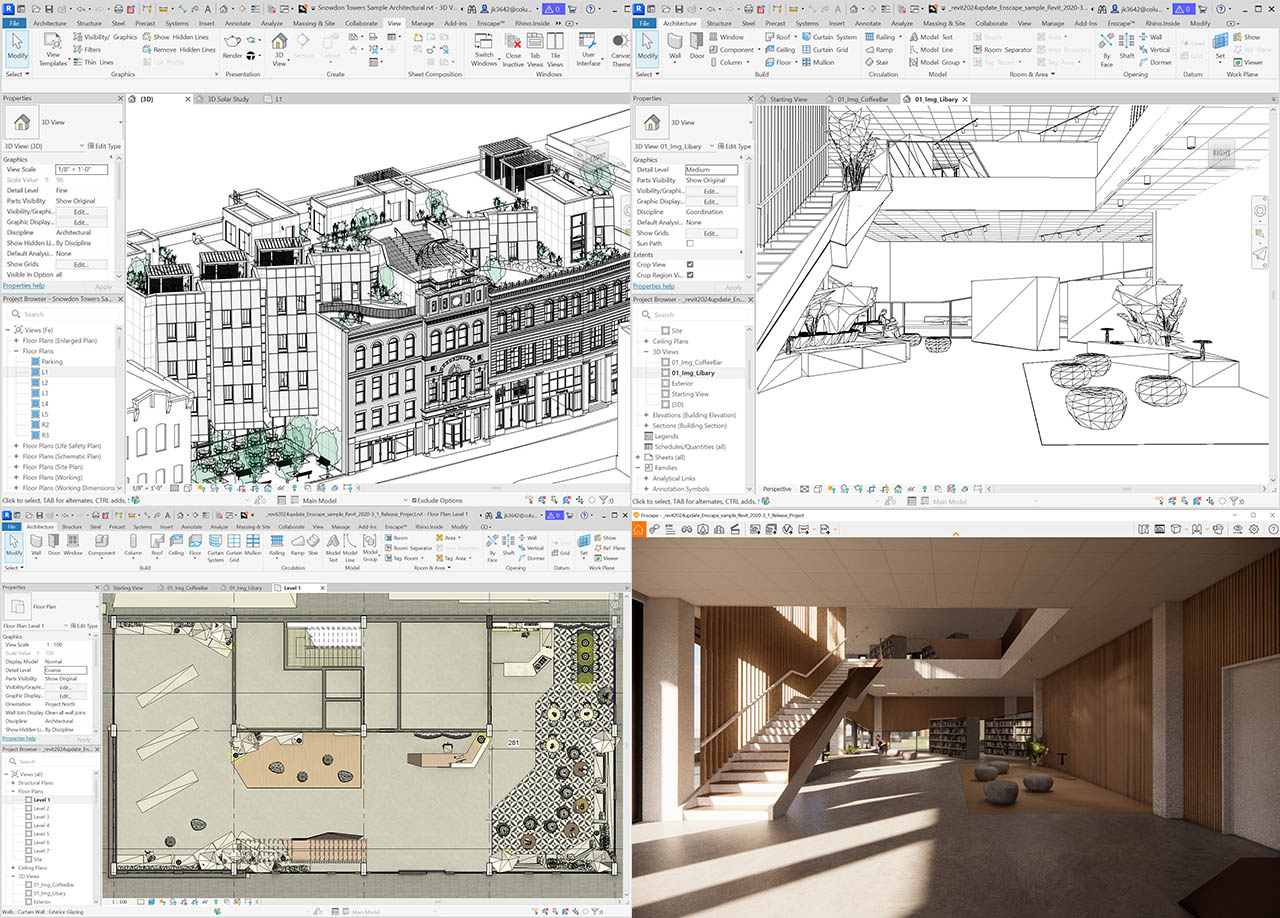The Total Design, integrated design and spatial experience in architecture and interior, has been an ultimate goal of modern designers. As the unprecedented complexity has been surged in a single project, contemporary architecture no longer controls all aspects by a single design goal. Since 21st Century, an architect became one of decision makers not a mastermind, the word ‘contemporary’ in architecture has been regarded as ‘undisciplined’ or ‘incontrollable’. Nevertheless, the importance of the integrated design is not vanished, I have seen a strong validity of ‘total design’ in architecture with the interdisciplinary collaboration of architects, interior designers, engineers and clients.
Collaborative Total Design
I have concentrated on the total design in terms of the complexity of the contemporary practice made by lots of collaborations. I have argued that contemporary total design in architecture does not come from an ingenious designer and it cannot be estimated by a visible result. In this context, successful integrated design comes through a holistic management and an integrated progress. Broaden vision in the total design concept suggests in-depth researches for a constructed environment. The study has to concentrate more on collaborations in a project, a case should be examined throughout the project’s schedule. The process and coordination are the ultimate art, and a constructed building is one of outcomes in regards to the total design. To review a project with the total design concept, it is necessary to scrutinize the initial intrinsic value and how it could not be lost in a complex process as well as visual outcomes. Conventional research methodologies such as a site visit, a designer interview, and drawing analysis would not suffice this research. To unpack the process of a project, the research requires to collect a lot of wide materials from it; diverse discourses with participants including a client and consultants as well as an architect, sequential outcomes per each phase, BIM modeling instead of final drawings, and so on.
BIM and Digital Integration
Bringing the coordination as the ultimate center of the design process, the total design concept can provide a crucial perspective which can make diverse teams’ different works aim the same target together. There are two important inflection points in this perspective; disordered coordination and BIM technology. Because of exceeded complexities, many projects lost a goal in terms of design. It mainly made coordination is merely a work not a design and separated a project from its designers. As the coordination became easily disordered, even a successful project for a certain participant would not mean a successful project in other aspects. At that point, contemporary architecture has required a goal to be shared, and the total design can suggest the total satisfaction among participants. The BIM technology could assign supreme designer to the architect again, empowered architects are able to coordinate entire ongoing design process during a project sequence. The process could not be bound in a conventional sequence because everything could be built in a virtual space, the control of a process is no longer impossible but a matter of priority. The BIM allows architects to control a complex project without losing the total integration in design, which was abandoned goal before, it represents a new vision in contemporary architecture.

Reference
Whatever happened to Total Design?, Mark Wigley, Harvard Design Magazine, 1998
https://www.harvarddesignmagazine.org/articles/whatever-happened-to-total-design/


